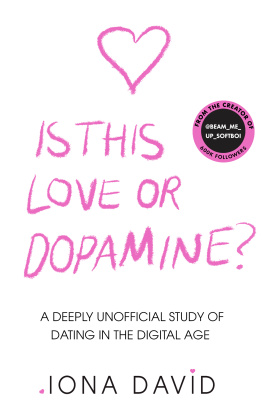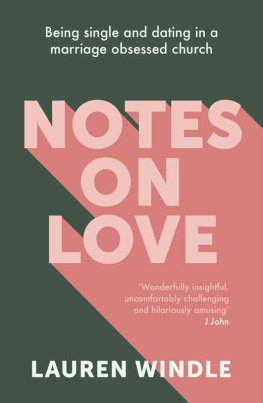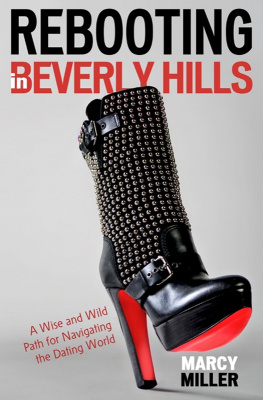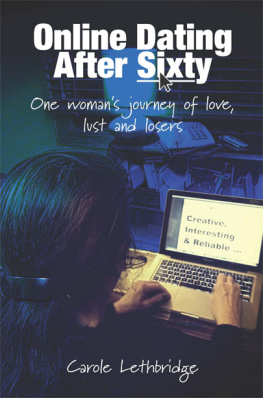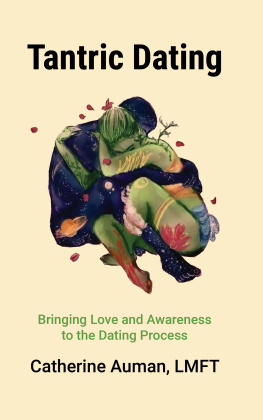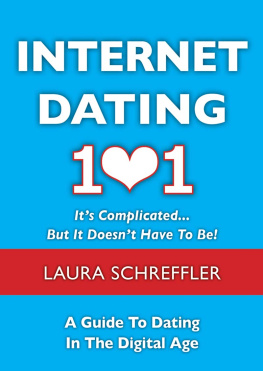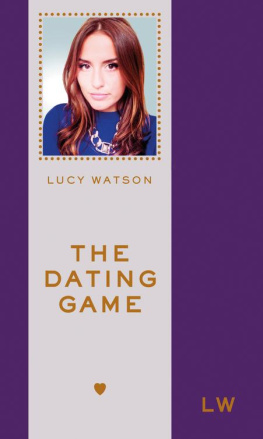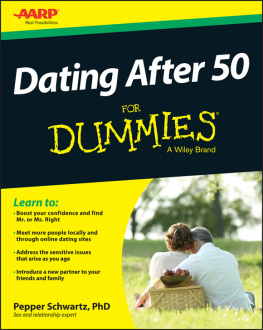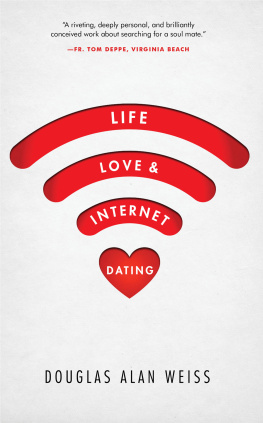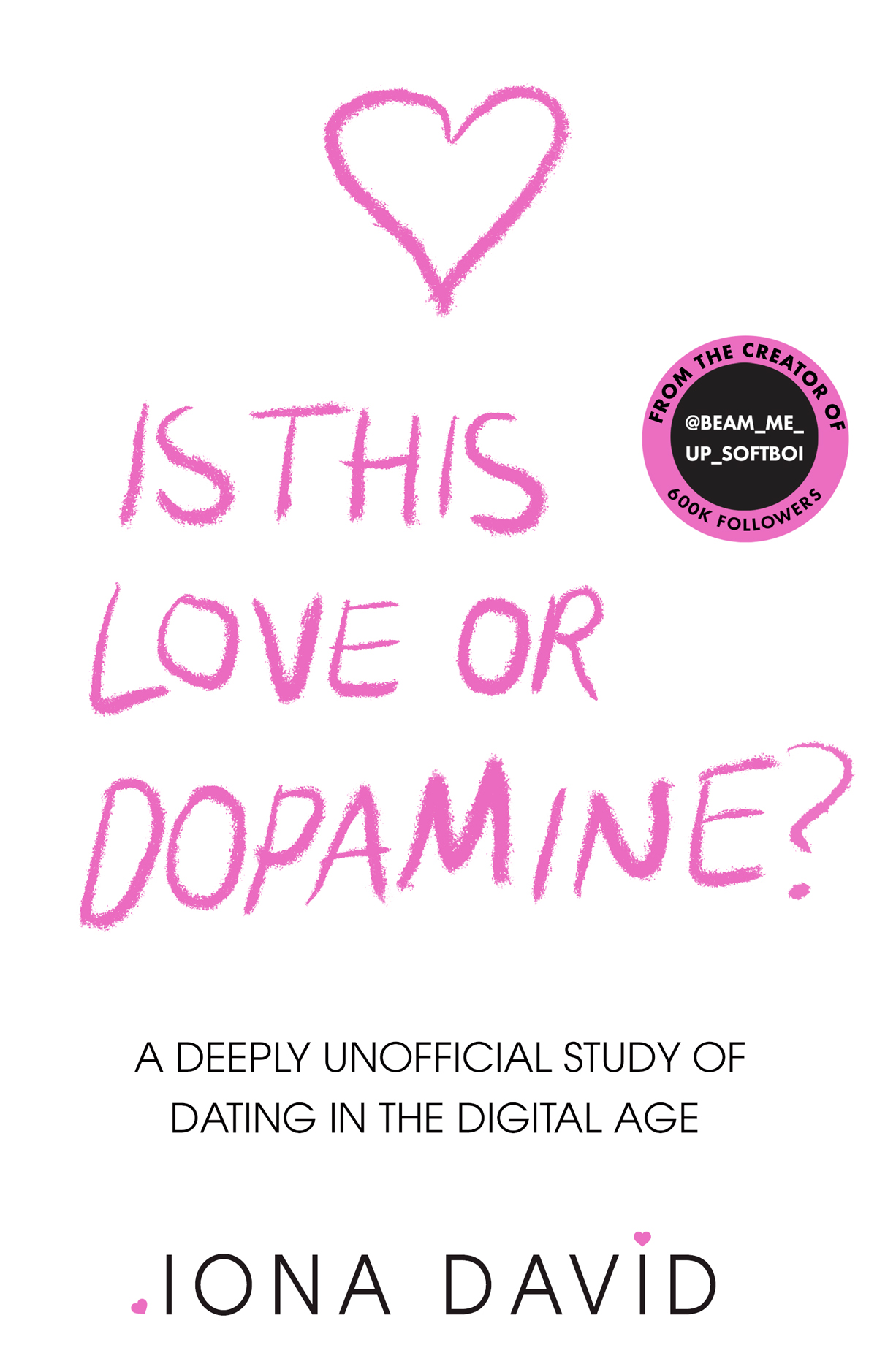Contents
Guide
HarperCollinsPublishers
1 London Bridge Street
London SE1 9GF
www.harpercollins.co.uk
HarperCollinsPublishers
1st Floor, Watermarque Building, Ringsend Road
Dublin 4, Ireland
First published by HarperCollinsPublishers 2022
FIRST EDITION
Iona David 2022
Cover layout design by Claire Ward HarperCollinsPublishers 2022
A catalogue record of this book is available from the British Library
Iona David asserts the moral right to be identified as the author of this work
All rights reserved under International and Pan-American Copyright Conventions. By payment of the required fees, you have been granted the nonexclusive, non-transferable right to access and read the text of this e-book on screen. No part of this text may be reproduced, transmitted, downloaded, decompiled, reverse engineered, or stored in or introduced into any information storage retrieval system, in any form or by any means, whether electronic or mechanical, now known or hereinafter invented, without the express written permission of HarperCollins e-books.
Find out about HarperCollins and the environment at www.harpercollins.co.uk/green
Source ISBN: 9780008513733
Ebook Edition July 2022 ISBN: 9780008513740
Version 2022-06-30
This ebook contains the following accessibility features which, if supported by your device, can be accessed via your ereader/accessibility settings:
- Change of font size and line height
- Change of background and font colours
- Change of font
- Change justification
- Text to speech
- Page numbers taken from the following print edition: ISBN 9780008538491
All the screenshots used in this book are
recreations of very real digital conversations
submitted to @beam_me_up_softboi
CONTENTS
The internet is a bizarre place, isnt it? It was only made recently, and now it seems to be holding the human race in how can I put this gently? a terrifying chokehold. Its capabilities are advancing at such an alarming rate that at times it feels difficult to not have a panic attack keep up. It affects the way we live, the way we laugh and perhaps most pertinently the way we love.
Ah, love. L-O-V-E. It makes the world go round or does it?
To be honest, I have no idea. Im not a scientist, Ive never claimed to hold the key to the secrets of the human heart and, also, thats not really what this book is about. Lets try that again, then:
Love = great. Sex = also great. I think I can say fairly confidently that most people want either one or both of these things in their life. But what happens when the internet gets involved with them? What happens when the two separate concepts of Love and The Internet start to blend together into a gooey, cyber-metaphysical smoothie?
Ill tell you what happens: things get really, really weird (see ).
Finding someone to love has always been an inherently weird process, but the addition of the internet has given the weirdness new powers. This adolescent, self-conscious weirdness has, over the last few years, morphed into something bigger than us, bigger than love bigger, possibly, than the universe itself. This book is going to lay that weirdness down on the operating table and split it open. We are going to dissect it with all the care and precision of a GCSE student examining a frogs heart so, not that precisely, or carefully, but hopefully it will be slightly more fun than the average whiteboard-based biology lesson.
Throughout history, the poetic aspects of love the soaring highs, the crashing lows have been well documented. They have been fictionalised and romanticised, turned into prose, poetry and heart-wrenching monologues. These portrayals have taught us two things about love: when its good, its ecstatic, and when its bad, it feels like your tiny little frog heart is being ripped out. This book is about, well, not the parts in between per se, but the parts diagonally off to the side, i.e. its time to talk, at length, about the evacuation procedure that you must follow if a man ever uses the word teehee while hes sexting you (spoiler: the evacuation procedure is scathing and inflexible).
The investigation will be propped up by one essential resource, which is a series of real-life screenshots sent into my Instagram page, @beam_me_up_softboi. On this page, peoples (usually disastrous again, see
The screenshots serve as the case studies in this ultra-pseudo-scientific book. The Oxford Dictionary defines a case study as a particular instance of something used or analysed in order to illustrate a thesis or principle. You may recognise case studies from (and Im sorry for using this example twice in two pages, but it has to be done) your biology GCSEs. Alternatively, you might be an actual, real-life scientist who uses case studies every day in your job if this is you, I apologise again, in advance, because you are about to witness the entire concept of case studies being butchered down to shreds in front of your very eyes.
So, forget everything you think you know about case studies (this shouldnt take long). Well start at the back end of the dictionarys definition, at a thesis or principle we need to think of an example thesis/principle that we can use in this introduction. So, lets have a think Right Im just pulling this example out of thin air, but one example thesis that we could use is
So, weve got our thesis. What we need now, according to the dictionary, is our particular instance of something used or analysed to illustrate [it], i.e. in this case, its a screenshot. We are using real-life digital, conversational evidence to back up our theory. Here, I think this one will do the job:
This is, Im sure youll agree, a great example to back up our thesis, but this one singular example is not enough to prove that the theory is true. This is where the main writing bit of the book comes in for each example given throughout the chapters, I will argue points for and against the thesis, referring back to each illustration as we go. Its not science, at all in fact, there are almost zero confirmed facts within this book but it will do the job, and we will try to have fun along the way. It will be fun. I promise.
I feel like I might have jumped the gun slightly there, by boldly placing the phrase Men Are Trash right there, before the books even really begun. I want to make it clear that Men Are Trash is not the subject of the book if I had to put the subject of the book into a thesis that fits neatly between two quotation marks, it would probably be Love and Sex Have Got Weirder Because of the Internet.
So: the focus of this book is not Men Being (or Not Being) Trash, and I want to make it clear: people of any gender can be trash. I, myself, have been trash many times, in many different situations. Sometimes I wake up in the morning and feel like a piece of trash floating through the ether (in fact, this happens quite often possibly too often for me to comfortably have used the word sometimes just then. If were being realistic, its probably more like loads of times, but now is not the time for a personal crisis, now is the time for focusing on writing the introduction, which will continue as planned after these brackets are over). Welcome to the book of both your dreams and your nightmares: we are all trash here. Yes, we will be discussing how sometimes men specifically are trashy in their own peculiar ways, but that is absolutely not the main topic of this book.

